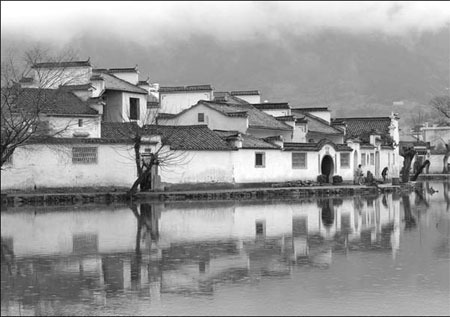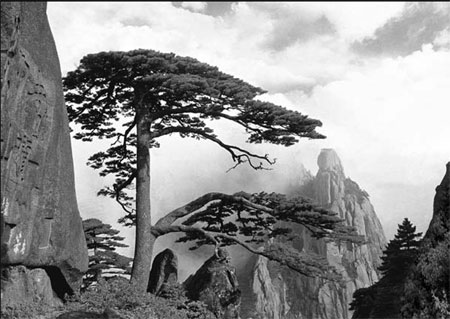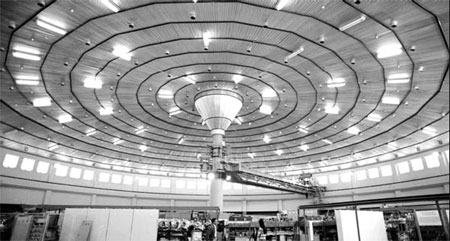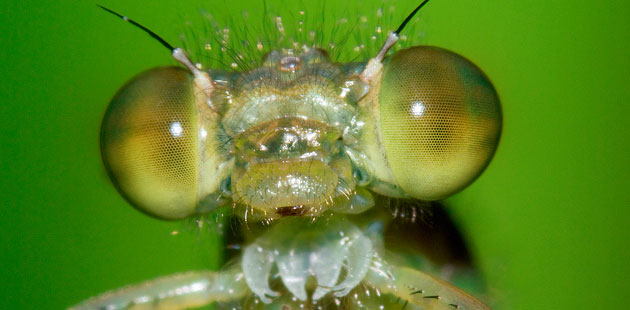This povince has plenty to offer
Updated: 2011-11-02 08:14
By Zhuan Ti (China Daily)
|
|||||||||||
|
The sprawling, old residential compounds of southern Anhui maintain their characteristics and are a symbol of Huishang's former prosperity. |
|
The Huangshan Mountains are one of the few tourist destinations in China that have been designated both a world cultural and natural heritage site and a world geopark. |
|
The synchrotron radiation lab in Hefei is one of Anhui's facilities that are on the cutting edge of scientific developments. |
Anhui provincial authorities hope to use the upcoming China Anhui Investment and Trade Expo 2011 as a place to exhibit their resources and recent infrastructure developments to give investors and traders a better understanding of the province's business-friendly environment. Here are the things to look for:
Resources
Land:
Anhui has plenty of arable ground, suitable for various crops, notably grain, which is grown on 5.73 million hectares. It is an agricultural production center and led in some of the rural reforms of 30 years ago. The incomes of farmers have increased as its agriculture becomes more modernized.
Its grain, oilseed, and cotton output ranks among the highest in China.
Human resources:
Hefei, Anhui province's capital, was the nation's first scientific and technological innovation pilot, which is one reason for its pool of talented people.
Its scientific research institutes and schools include the University of Science and Technology of China, the Chinese Academy of Sciences' Hefei Institute of Physical Science, Hefei University of Technology, and Anhui University.
Water:
It has about 71.6 billion cubic meters of water and systems for flood control and irrigation.
Animals and plants:
Forests cover a total of 3.6 million hectares in the province and it has more than 300 types of woody plants and more than 2,100 types of herbs. It is also home to more than 500 animal species, including 91 nationally protected animals such as the Chinese alligator and white fin globefish.
Minerals:
The province has more than 135 types of minerals, 105 of them with proven reserves.
Of its minerals, 38 rank among China's top 10 and 18, among the top five. Coal, iron, copper, sulfur and alum are its most important.
Science and education: Anhui ranks high in China for its science and technology grads. By the end of 2008, it had 1,533 scientific research institutes and about 1.47 million technicians.
Infrastructure
Highways:
Anhui has 2,810 km of expressways reaching 17 cities. It takes three hours to drive from the western to the eastern part of the province and six hours, from north to south.
Railways:
The Beijing-Shanghai, Beijing-Kowloon, Lianyungang-Lanzhou, and Nanjing-Xi'an lines pass through Anhui and it has one of the densest, longest rail systems in central China.
Several high-speed railways connect it with the major cities of neighboring areas, so travel from Hefei to Nanjing takes only an hour, and, to Shanghai or Wuhan, only two hours.
The Beijing-Shanghai high-speed railway went operational in May of this year and the Nanjing-Anqing and Hefei-Bengbu lines are under construction. It takes only three hours from Hefei to Beijing.
Airlines:
Anhui has six airports in Hefei, Huangshan, Fuyang, and elsewhere which provide direct flights to more than 30 large or medium-sized cities in China. Hefei's Xinqiao International Airport is under construction and is scheduled to go operational in the fourth quarter of 2012. Another new airport will be built near the tourist resort at Jiuhua Mountain.
Water transportation: Three major river systems flow through Anhui - the Yang tze, Huaihe and Xin'an - and have great potential for further inland water transportation development.
The 400-km watercourse of the Yangtze has ports at Anqing, Tongling, Wuhu, Maanshan and Chizhou.
(China Daily 11/02/2011 page4)
Hot Topics
Libya conflict, Gaddafi, Oil spill, Palace Museum scandal, Inflation, Japan's new PM, Trapped miners, Mooncake tax, Weekly photos, Hurricane Irene
Editor's Picks
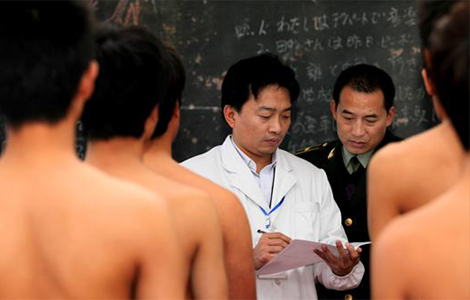
|

|

|

|

|

|
